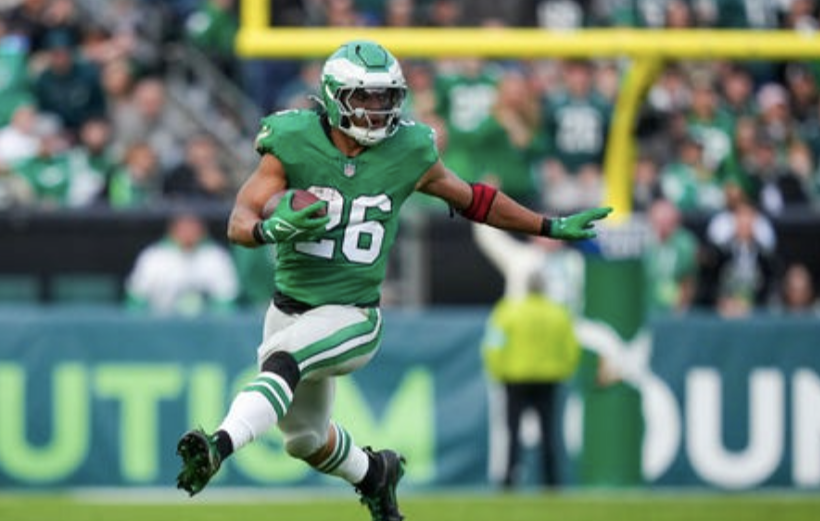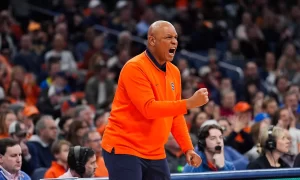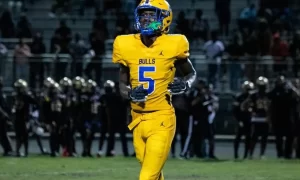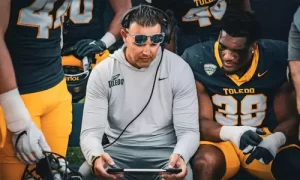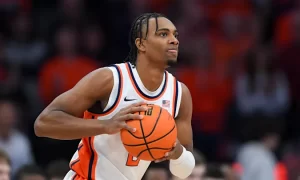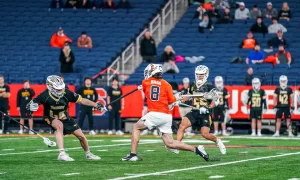The current situation in the NFL is much more than draft picks and free agents – most of it is about which stars get their big payday through contract extensions. These deals will determine team futures and reset market values across the league.
For fans who follow California sports betting, such extensions can affect team odds for the upcoming season. Teams that lock down their franchise players usually see their betting lines improve immediately.
The Bengals made a splash by giving Ja’Marr Chase $161 million over four years. His $40.25 million annual salary now tops all non-quarterbacks in the NFL. Chase knocked Browns defensive end Myles Garrett from the top spot just days after Garrett signed his $40 million per year deal.
Josh Allen secured his future in Buffalo with a six-year contract worth $330 million, with $250 million guaranteed. This raises the bar for other quarterbacks looking to cash in.
The Cowboys now face a crucial decision with Micah Parsons. He’ll play under his fifth-year option in 2025, making about $24 million without an extension. Owner Jerry Jones has met directly with Parsons for several hours, showing how important this deal is to Dallas.
“Micah has to be the player that he wants to be paid as,” Jones said recently. He wants Parsons to lead, not just perform.
Parsons has earned his payday. He’s put up at least 12 sacks in each of his first four seasons – something only he and Hall of Famer Reggie White have done. His 52.5 career sacks rank fifth most for a player’s first four years.
“I want to be here my whole life,” Parsons said about staying with the Cowboys.
Most experts predict Parsons will sign around $166 million over four years, making him the highest-paid defensive player ever.
Meanwhile, the Ravens surprised many by declining center Tyler Linderbaum’s fifth-year option despite his back-to-back Pro Bowls. This wasn’t about his play but about money. The option would have cost $23.4 million in 2026, which is way more than any center makes annually. This happens because the NFL lumps all offensive linemen together for fifth-year options.
Ravens GM Eric DeCosta still wants to keep him: “It is our intention for him to remain a Baltimore Raven long term.”
Linderbaum will likely sign a deal worth more than the $68 million over four years that Eagles center Cam Jurgens just got. The Ravens must balance their value against quarterback Lamar Jackson’s cap hit, which jumps from $43.5 million to $74.5 million in 2026.
The Jets plan to extend cornerback Sauce Gardner, who’s been an All-Pro twice in his young career. In 2024, he allowed just one touchdown with nine pass breakups. His agent will point to Panthers cornerback Jaycee Horn’s $100 million contract as a starting point, though Gardner has achieved more and missed fewer games.
Most projections have Gardner signing for around $94.5 million over three years.
After requesting a trade earlier this year, Bengals edge rusher Trey Hendrickson now seems likely to stay in Cincinnati. The Bengals have extended receivers Chase and Tee Higgins, making it smart to keep their top pass rusher too. A deal around $96 million for three years would work for both sides.
These negotiations show how NFL economics have changed. The gap between quarterback pay and other positions is shrinking fast, especially for edge rushers and receivers.
Teams now face tough choices about who gets paid. The Cowboys must balance Parsons’ deal after already extending Dak Prescott and CeeDee Lamb. The Ravens juggle Linderbaum’s value against Jackson’s huge future cap hits.
As the 2025 offseason unfolds, these decisions will set new market standards and show which players teams truly view as the ones set to build their future.
The timing of these deals is very important as well. Teams mostly prefer to complete extensions before training camp to eliminate distractions. Last season, we saw how contract disputes can linger into the regular season, with some players holding out or requesting trades. The smartest franchises get ahead of these issues by working out deals early.
Money aside, these extensions usually reflect team culture and long-term strategy. Organizations such as the Ravens and Cowboys have built reputations for developing and keeping homegrown talent. By contrast, other teams prefer a more mercenary approach, letting stars walk and replacing them with some cheaper options.


